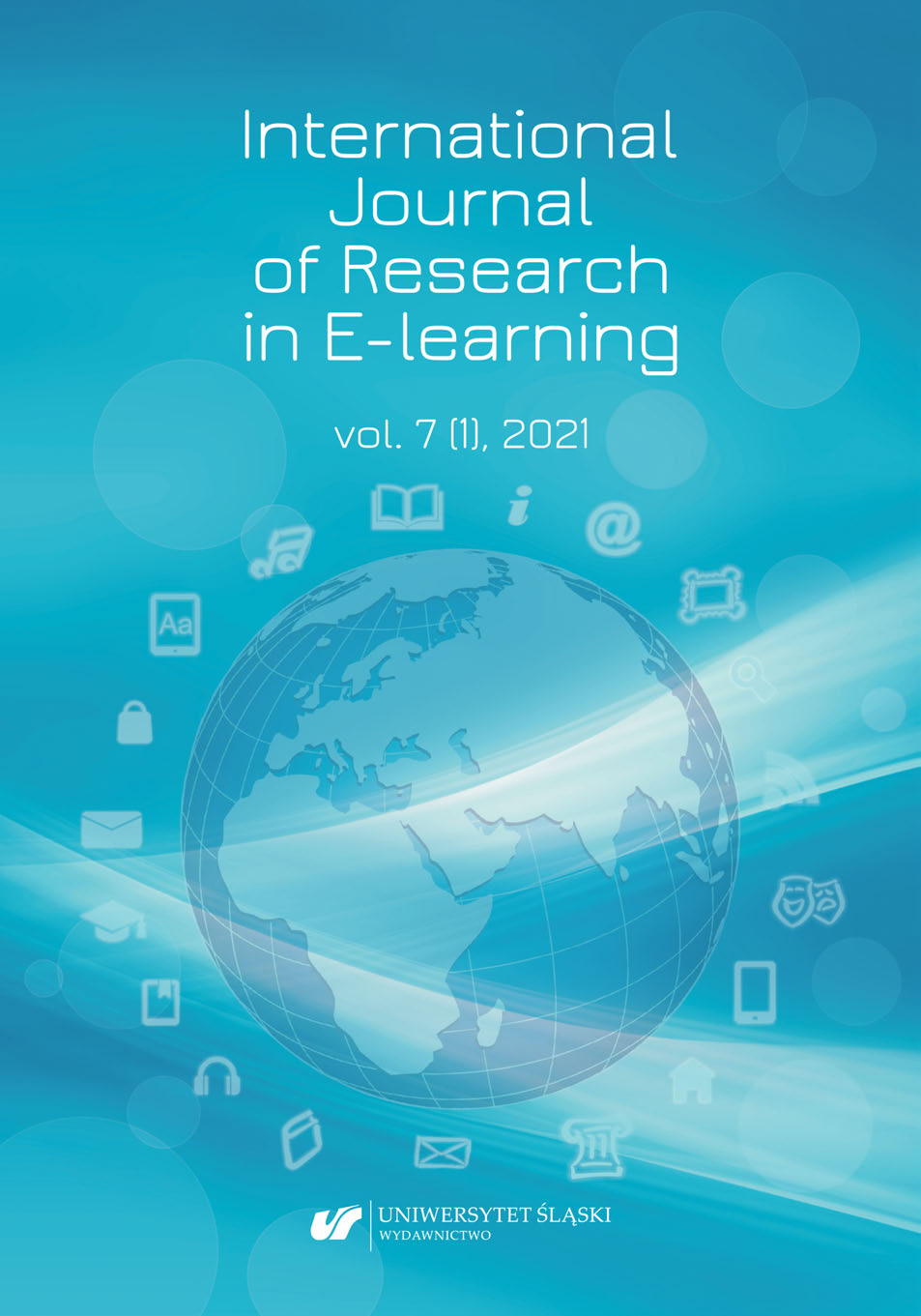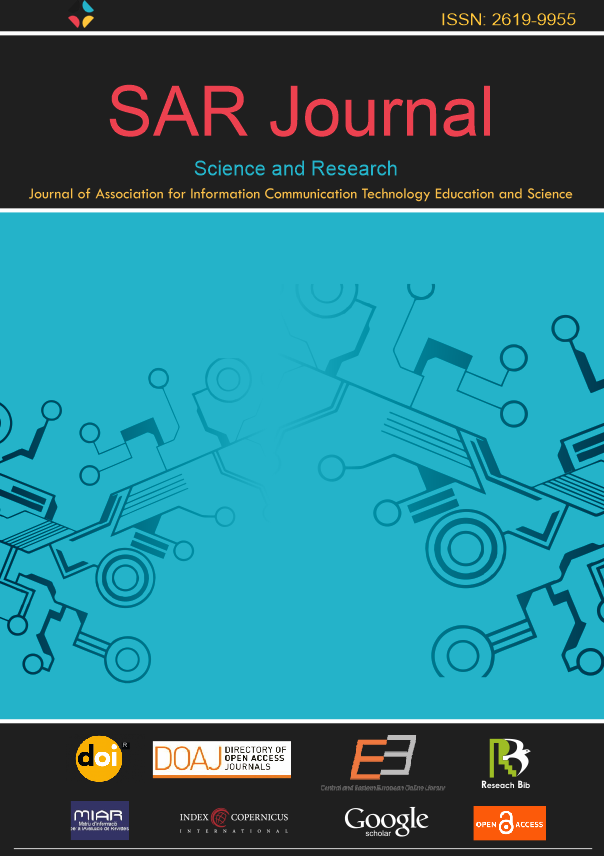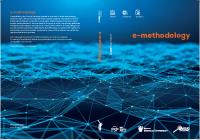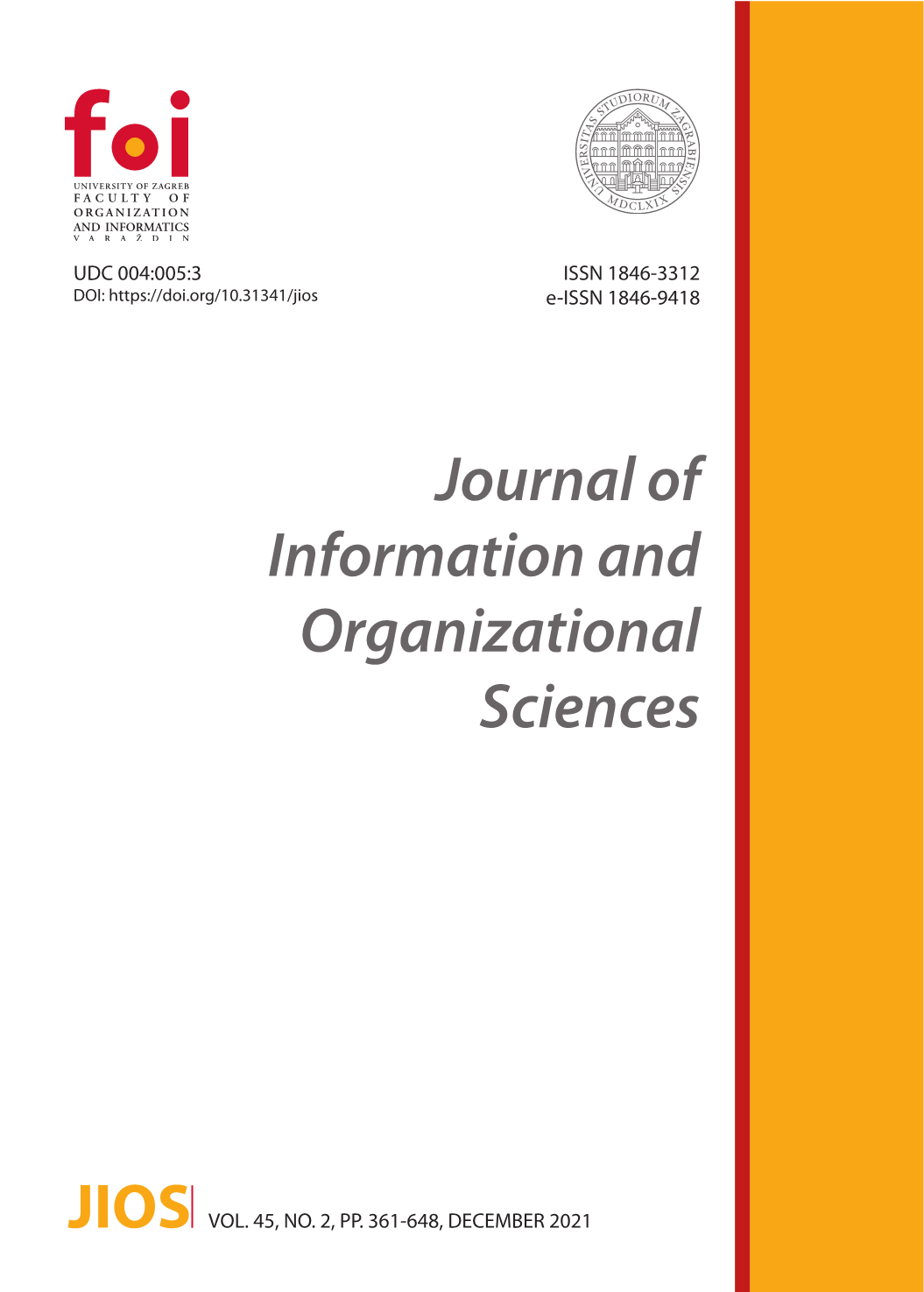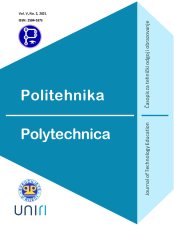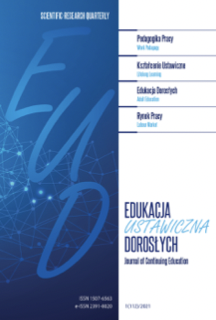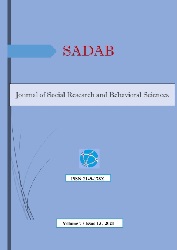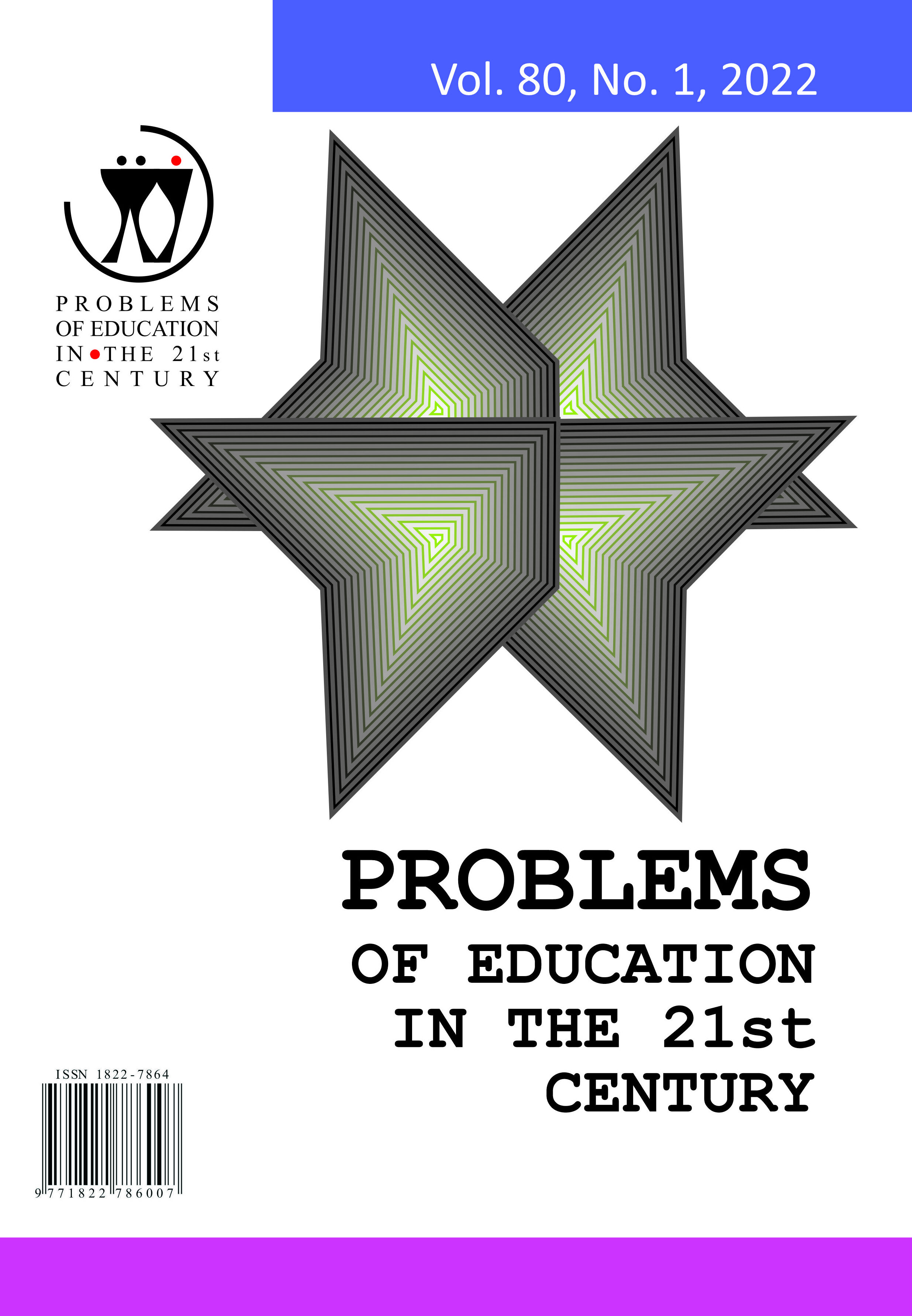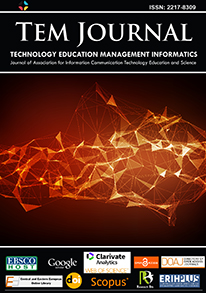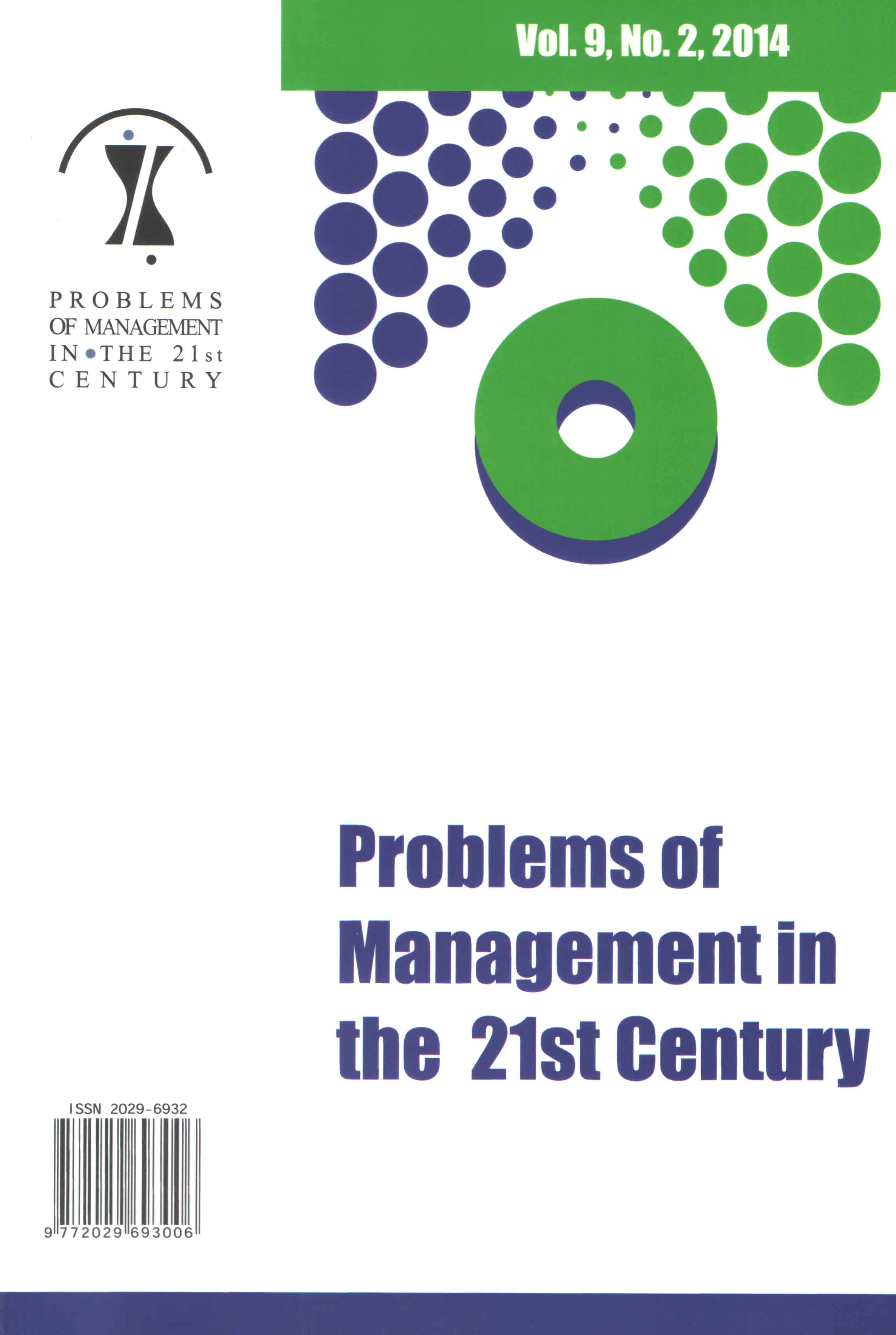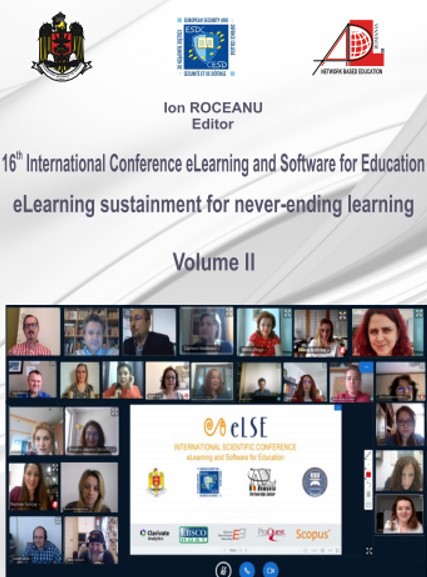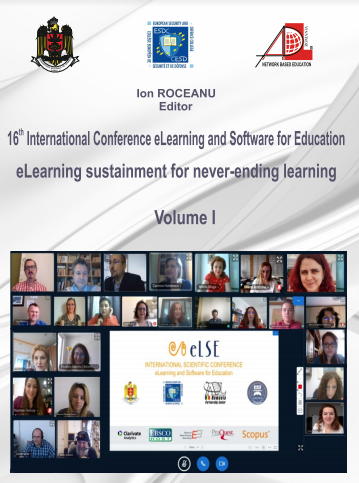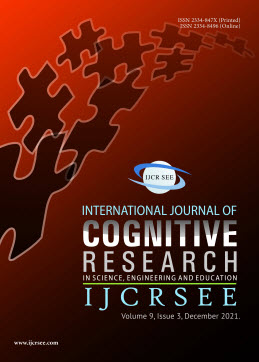
Research Trends in Media Pedagogy: Between the Paradigm of Risk and the Paradigm of Opportunity
The use of computers, internet, and smartphones in the learning and teaching process has become an irreversible fact. Information and communication technologies (ICT) are now one of the fundamental teaching resources and even one of the principal teaching environments. The widespread use of ICT stands in positive correlation to the growing number of studies on educational aspects of the use of new media in schooling. The dynamically growing number of publications in this field requires reflection on the directions of research in the intensely developing sub-discipline of education science, i.e. media pedagogy. The aim of the article is to explore the two dominant directions of research on didactic and upbringing aspects of ICT use in education. The text presents the assumptions and processes assigned to both the opportunity paradigm and the risk paradigm of media pedagogy. These paradigms clash, giving rise to research directed at positive or negative phenomena related to the digitalization of schooling and educational processes. The text is an attempt to draw attention not only to the development of media pedagogy, but also to methodological errors resulting from anchoring research to only one trend.
More...
